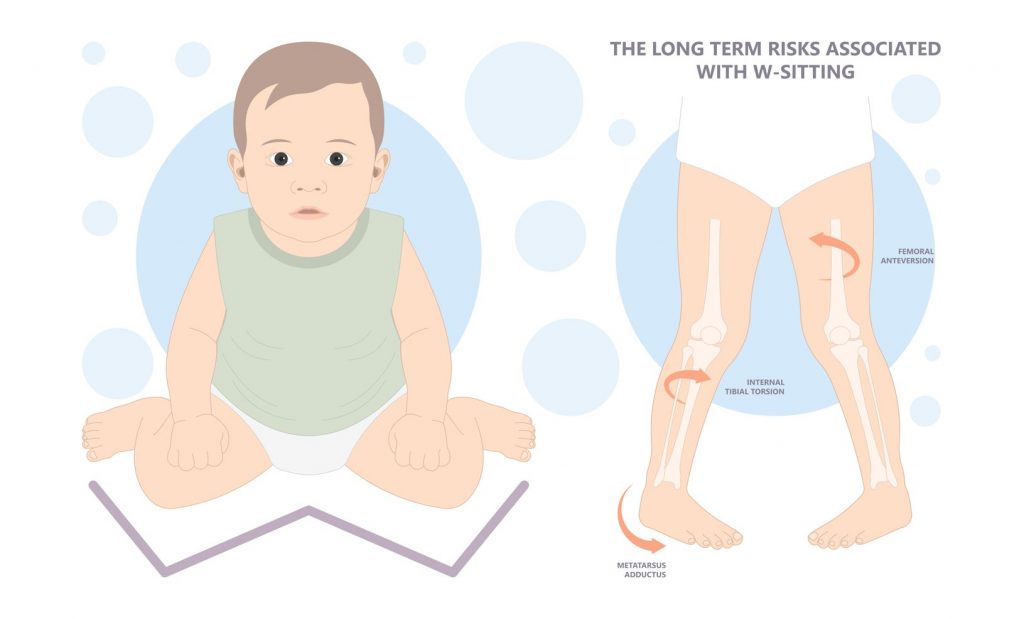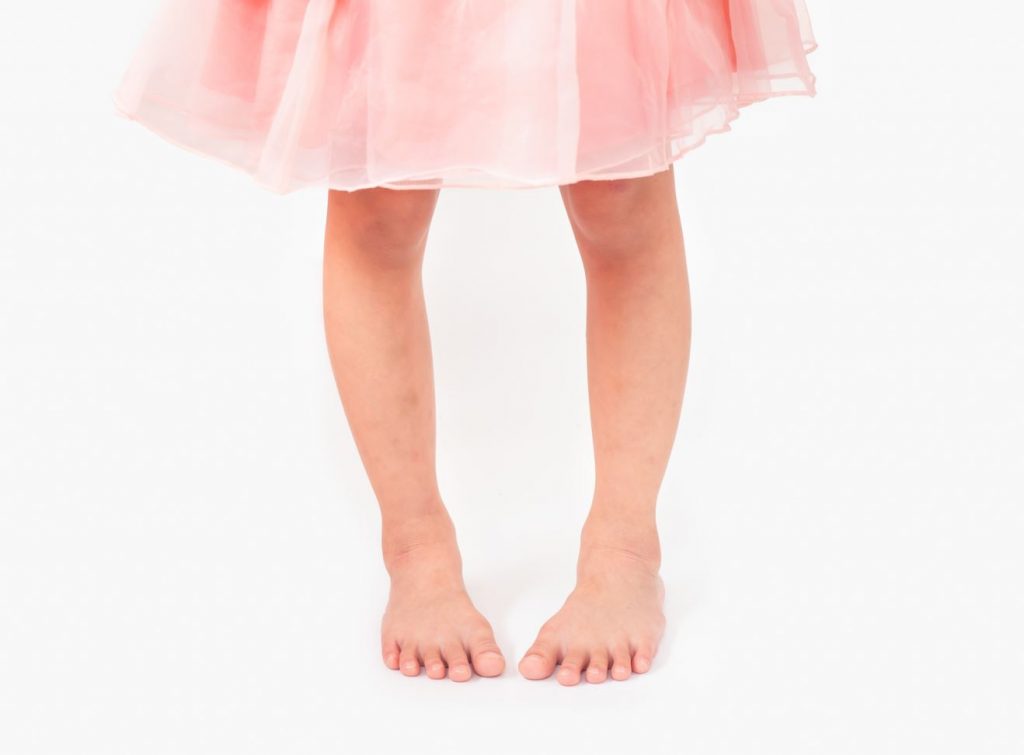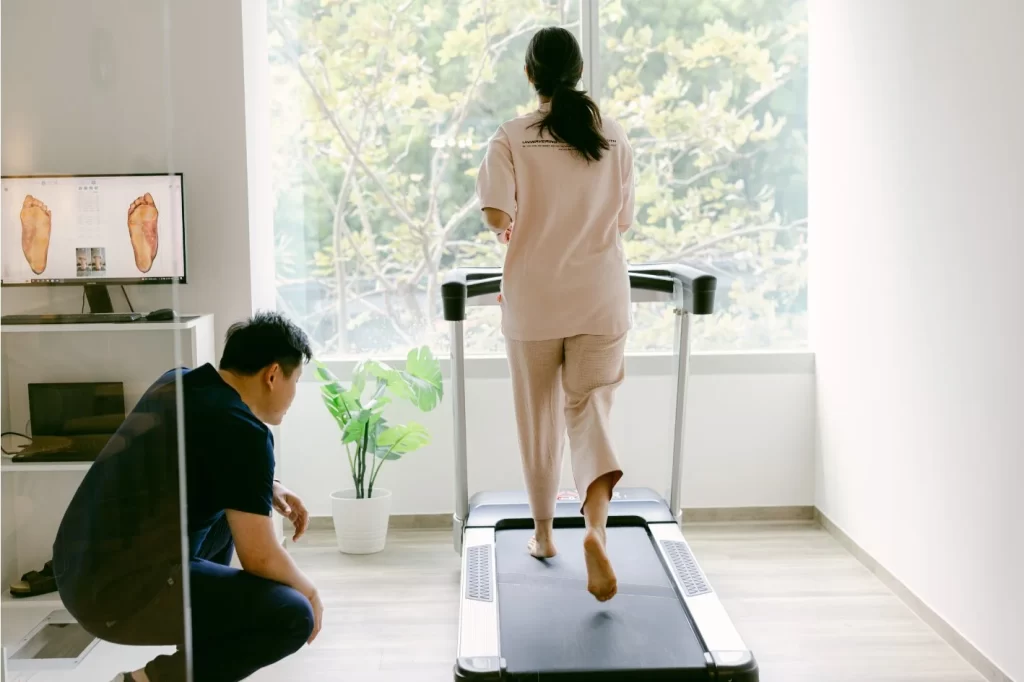What is In-toe Walking?
In-toe walking, also known as “Pigeon toes”, is a condition whereby a child is walking with their toes pointing inwards and facing each other. This condition is considered a form of gait abnormality and is one of the common causes of frequent tripping and falling in young children. It is also one of the most common paediatric conditions that parents often neglect even after noticing the problem.
How Common is In-toe Walking (Pigeon Toes)?
It is estimated that 1 in 10 children between the age of 2 and 5 years has an in-toe walking condition, with up to 30% of children affected at the age of 4.

Need Help? See Our Podiatrist Today
Causes of In-toe Walking
The most common cause of in-toe walking is atypical development of the musculoskeletal structure of the lower limb, which can occur at the hips, knee, leg, or foot level. There are also serious underlying conditions that can cause in-toe walking; therefore, a thorough assessment is necessary to evaluate the cause of the condition and determine if treatment is warranted.
Conditions associated with in-toe walking include:
- Neuromuscular conditions (e.g Cerebral Palsy)
- Hip dysplasia
- Club foot (Talipes equinovarus)
Causes of in-toe walking include:
- Femoral anteversion or increased internal femoral torsion
- Increased internal tibial torsion
- Metatarsus adductus
- Lower limb muscular or soft tissue tightness
- Leg length discrepancy
- “W” sitting or kneel sitting
Signs and Symptoms of In-toe Walking
- Walking with toes pointing inwards
- Walking with kneecaps facing each other
- Frequent tripping or falling
- Frequent ankle sprains or twisting
- Difficulty sitting cross-legged
- Has a preference for sitting in a “W” position
In-toe Walking Management
The management for in-toeing walking depends largely on the underlying cause of the condition. Management, when required, should be initiated as early as possible so that there is a longer management=t window for change to occur. Children with mild cases of in-toe walking are possible to “grow out of it” by changing lifestyle habits, such as sitting cross-legged, along with proper stretching and strengthening exercises.
Management options include:
- Customised foot orthoses
- Paediatric Ankle-Foot orthoses
- Stretching and strengthening exercises
- Releasing muscular tightness using advanced therapies





